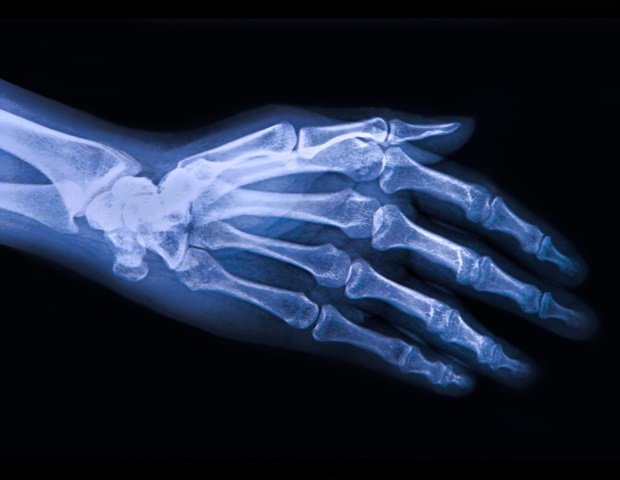An article from

Dive Brief
The findings could reassure policymakers concerned that virtual care could increase unnecessary or wasteful care, the study’s authors wrote.

This audio is auto-generated. Please let us know if you have feedback.
Dive Brief:
- Increased telehealth utilization wasn’t linked to more low-value services at primary care clinics, according to a study published this week in JAMA Network Open.
- The research found no association between practices that used high levels of telehealth and most types of low-value care, or services that have no clinical benefit for patients and rack up costs.
- The findings could reassure policymakers who have raised concerns that virtual care could increase unnecessary or wasteful services and drive up healthcare spending, the study’s authors wrote.
Dive Insight:
Telehealth plays a larger role in healthcare delivery in the wake of the COVID-19 pandemic, which pushed clinicians to deliver more care remotely to avoid spreading the virus.
But regulators, lawmakers and providers are still trying to hash out policy questions surrounding virtual care, like how to ensure quality and protect in-person options — as well as how much to pay for its use.
Driving up wasteful healthcare spending is another concern for policymakers. One study published in 2022 found some patients with acute conditions were more likely to require an in-person follow-up appointment after a telehealth visit, raising concerns about duplicative care.
The convenience of telehealth might also drive unnecessary utilization or push providers to prescribe more diagnostic tests, according to the latest JAMA study.
But the new research, which studied data from more than 577,000 Medicare beneficiaries, found no link between telehealth use and low-value care.
The study divided practices based on how much telehealth services they provided in 2022. Researchers then analyzed primary care practices’ rates of low-value services, including CT scans for uncomplicated acute rhinosinusitis and imaging for headaches without complications or nonspecific low back pain.
Cervical cancer screenings for women over 65 years old and low-value thyroid testing actually decreased among practices with high levels of telehealth use, according to the research. Six other types of low-value services weren’t affected by the amount of virtual care delivered at all.
Use of low-value cervical cancer screenings actually decreased in primary care clinics with high telehealth visits, likely because the pap smear test needs to be conducted in-person anyway, according to the study’s authors.
The reasons for fewer wasteful thyroid screenings were less clear, but virtual care might limit opportunities for patients to undergo lab tests during their visits due to convenience, they added.

 6 days ago
4
6 days ago
4
















.png)

.png)
.png)
.png)













 English (US) ·
English (US) ·  Hindi (IN) ·
Hindi (IN) ·